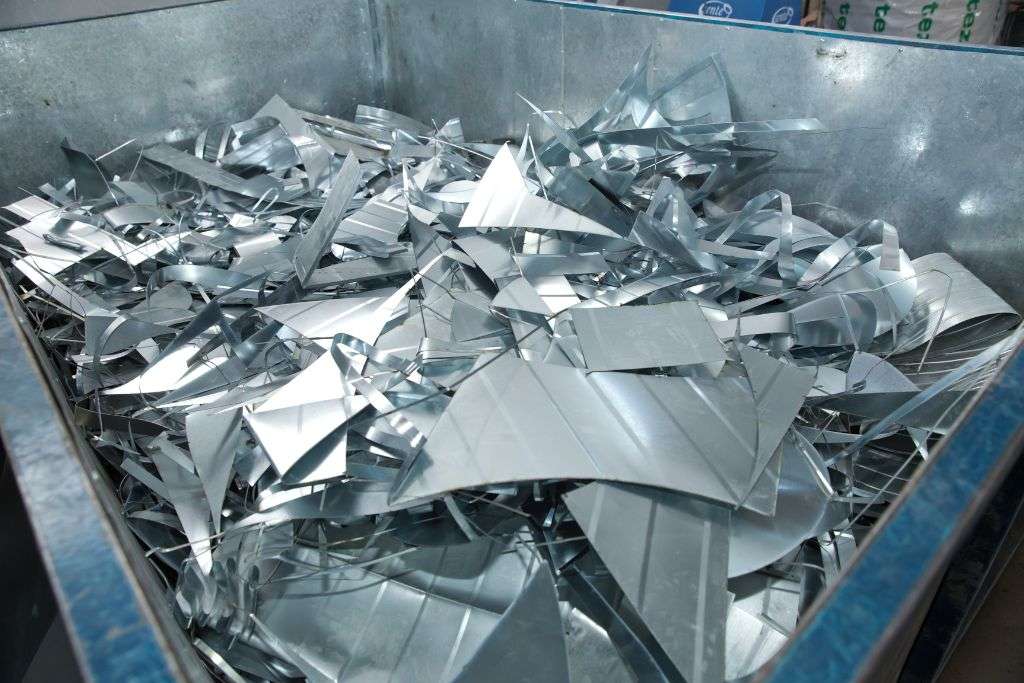
Aug 11,2023
Are you searching for the key to manufacturing top-quality CNC machined parts in large quantities? Look no further! In this comprehensive guide, we will delve into the world of CNC machining and explore the steps required to produce outstanding results.
Whether you're an industry professional or an enthusiast, understanding the process of creating bulk CNC metal parts is essential for achieving excellence. So, let's embark on this enlightening journey and unlock the secrets to producing remarkable CNC machined parts.
Before we dive into the details, let's have a clear understanding of CNC machining. CNC (Computer Numerical Control) machining is a manufacturing process that utilizes pre-programmed computer software to control the movement of machinery and tools.
It offers precise and efficient manufacturing capabilities, making it an ideal choice for producing intricate and complex parts.
Selecting a reliable bulk CNC metal parts manufacturer is paramount to achieving superior quality. The expertise and capabilities of the manufacturer play a vital role in determining the end result. When choosing a manufacturer, consider the following factors:
Experience: Look for a manufacturer with extensive experience in CNC machining. Their knowledge and expertise accumulated over the years will ensure top-notch results.
Technology and Equipment: A reputable manufacturer will invest in advanced CNC machines and tools. State-of-the-art technology and equipment contribute to better precision and overall quality.
Quality Control Measures: Ensure that the manufacturer has robust quality control measures in place. Rigorous inspection and testing at various stages of production guarantee the delivery of flawless parts.
Material Selection: A reliable manufacturer will offer a wide range of materials to choose from, including various metals and alloys. The ability to select the right material for your specific requirements is crucial for producing high-quality parts.
Now that we have established the importance of choosing a reliable manufacturer, let's delve into the steps involved in producing good quality CNC machined parts.
The first step towards producing exceptional CNC machined parts is the design and prototyping phase.
This stage involves collaborating with engineers and designers to create detailed CAD (Computer-Aided Design) models. The prototyping process allows for testing and refining the design, ensuring its feasibility and functionality.
Selecting the appropriate material for your CNC machined parts is crucial. Consider factors such as strength, durability, heat resistance, and corrosion resistance.
Discuss your requirements with the manufacturer to identify the best material that aligns with your project goals.
Once the design is finalized and the material is chosen, the next step is programming the CNC machine. Skilled programmers use specialized software to convert the CAD model into machine-readable code. This code guides the CNC machine's movements and ensures precise execution of the design.
Proper setup and calibration of the CNC machine are vital for producing accurate and high-quality parts. This step involves aligning the machine components, ensuring correct tooling, and verifying the accuracy of the machine's movements.
With the machine properly set up, the actual custom aluminum machining process begins. The CNC machine follows the programmed instructions, cutting and shaping the raw material into the desired form. This stage requires close monitoring to ensure the machine operates within the specified parameters.
Throughout the machining process, quality control and inspection play a crucial role. Regular inspections are conducted to verify dimensional accuracy, surface finish, and overall quality. Any deviations or defects are identified and rectified promptly to maintain the highest standards.
After the machining process is complete, additional finishing and surface treatment may be required. This step involves processes like polishing, deburring, coating, or painting to enhance the appearance, durability, and functionality of the CNC machined parts.
Once the parts pass the final inspection, they are carefully packaged to ensure protection during shipping. A reliable bulk CNC metal parts manufacturer will use appropriate packaging materials to prevent damage during transit and deliver the parts in optimal condition.
In conclusion, producing good quality CNC machined parts requires careful attention to detail, collaboration with skilled professionals, and the expertise of a reliable bulk CNC metal parts manufacturer. By following the essential steps outlined in this guide, you can unlock the path to manufacturing excellence.
Remember to choose a manufacturer with a proven track record, embrace cutting-edge technology, and prioritize stringent quality control measures. With these key ingredients, you'll be well on your way to achieving remarkable results in CNC machining. So, embark on your journey towards precision and quality, and watch your CNC machined parts stand out from the crowd.
Yes, CNC machining is well-suited for producing parts in bulk quantities. The automation and precision offered by CNC machines make it efficient and reliable for large-scale production.
The production time for bulk CNC machined parts depends on factors such as complexity, quantity, and the capabilities of the manufacturer. Discuss your requirements with the manufacturer to get an estimated timeline.
Absolutely! CNC machining is highly versatile and can accommodate custom designs and specifications. The flexibility of the process allows for the production of unique and intricate parts.